News
Consumers’ favorite flavors start in foodservice.
By Chef Laoise Rubio
In the world of gastronomy, a chef’s influence extends far beyond the kitchen. Their creativity and experimentation with flavors and techniques has empowered them with considerable influence over our dining experiences and eating habits.
That’s why today’s flavor and food trends start in your favorite foodservice restaurant.
According to Datassential, at least 70% of U.S. consumers indicate that their food preferences are driven primarily by what they encounter on restaurant menus as opposed to what they find on grocery store shelves or in recipe books. Despite the fact that most meals are consumed at home, trends are generally catalyzed by consumers’ away-from-home experiences.
Datassential created a menu adoption cycle (commonly known as a MAC) to track these trends. There are four stages to the MAC:
Inception − trends exemplify true originality in flavor, preparation and presentation. At this stage, they won’t be found on many menus.
Adoption − trends grow their base via lower price points and simpler prep methods. Still differentiated, these trends often feature premium and/or authentic ingredients.
Proliferation − trends are adjusted for mainstream appeal. Often combined with popular applications (on a burger, pasta, etc.), these trends have become familiar to many.
Ubiquity − trends have reached maturity and can be found across all sectors of the food industry. Though generally diluted by this stage, their roots are still recognizable.
Consider this real–life example – Chipotle peppers in adobe sauce.
Inception:
“Chipotle peppers in adobe sauce” have been a Hispanic market staple since 1949. Chefs such as @rick_bayless embraced them at @fronteragrill, a long-standing fixture on the Chicago restaurant scene now celebrating its 37th birthday.
Adoption:
After the inception stage, more independent restaurants adopted the flavor – such as The Happ Inn in Northfield, Illinois, that added chipotle mashed potatoes as a side to its pork osso bucco.
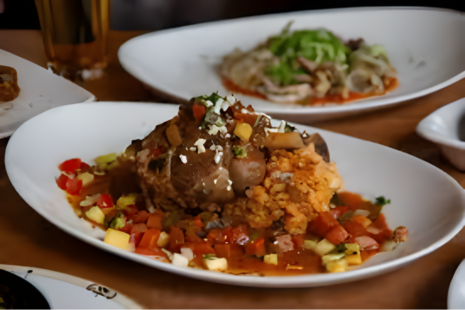
Proliferation:
Once @McDonald’s launched The Chipotle BBQ Snack Wrap − with crispy chicken, chopped lettuce and shredded cheddar wrapped in a fluffy flour tortilla and served with a chipotle BBQ sauce – the trend officially hit the proliferation stage. Some consumers loved this menu item so much that they started a Change.org petition to bring it back!
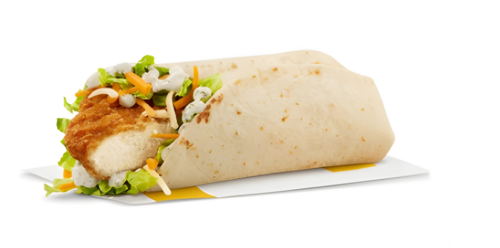
Ubiquity:
When @7eleven introduced its new Vegetarian Chipotle Black Bean Burger − a black bean patty seasoned with chipotle chili, onion, garlic and bell peppers, topped with American cheese served on a brioche bun − the chipotle trend achieved full ubiquity status.
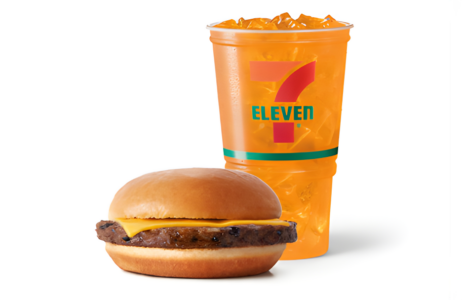
Historically, trends take around 12 years to move through the MAC. In recent years, however, Datassential said that time has been trimmed nearly in half.
Once a flavor goes mainstream, it’s safe to assume consumers know it, and have tried it before, so it becomes more of a safe bet for consumer-packaged goods like –

@Mccormickspice Chipotle Mayonnaise Dressing
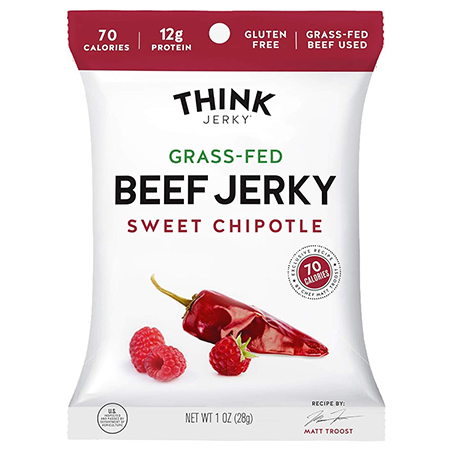
@thinkjerky Sweet Chipotle Beef Jerkyz
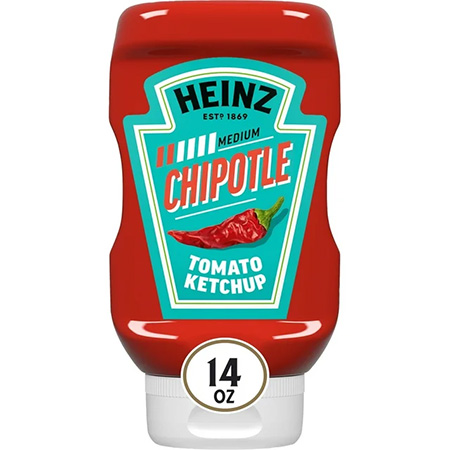
@heinz Tomato Ketchup Blended With Chipotle

@conagrabrands even partnered with @chefrickbayless to launch Frontera Chipotle Salsa
For brands looking to stay ahead of trends or vying to launch the next trending product, start by watching chefs and the flavors that excite them. And if you’d like further inspiration, check out the chef nominees from this year’s James Beard Awards.
About the Author
Chef Laoise (lee-sha) Rubio brings 22 years of industry experience to her role as Foodservice Practice Lead at Bader Rutter. Professionally trained at Ballymaloe Cookery School in County Cork, Ireland, Laoise worked in restaurants across Europe and the US before opening her own Italian restaurant outside of Chicago. Laoise transitioned back into marketing, leveraging her expertise as a chef in her work with brands including Kraft Foods, Kellogg’s, Campbell’s, ConAgra, Lamb Weston and McCain Foodservice.


